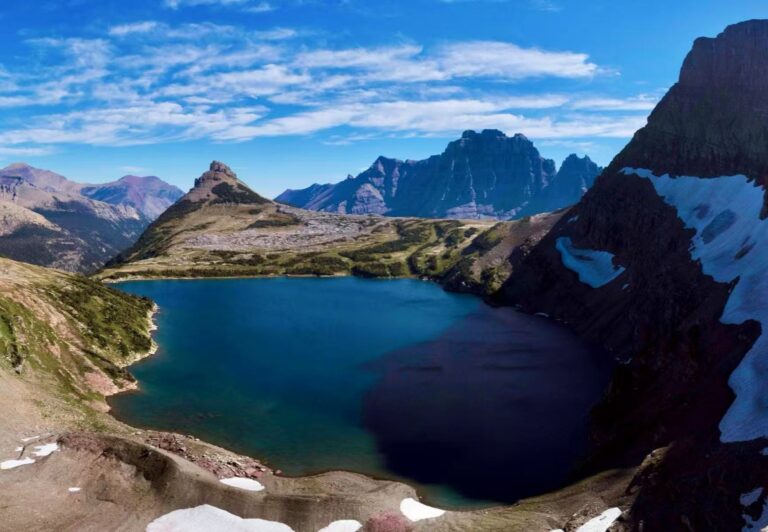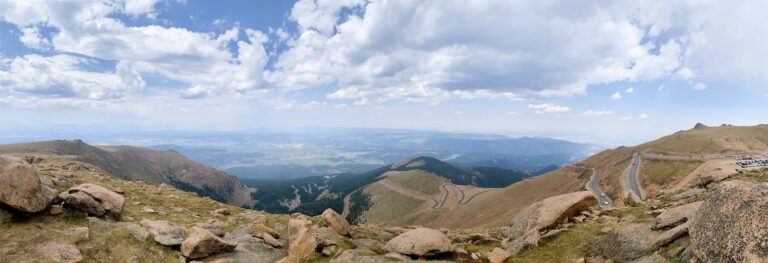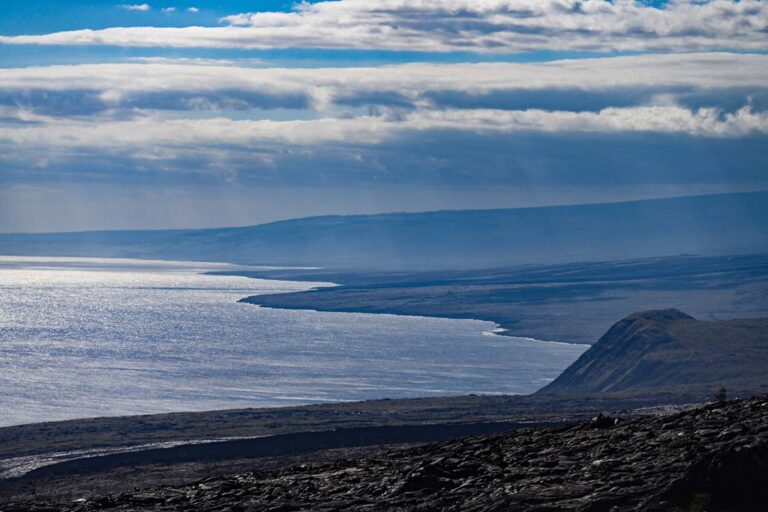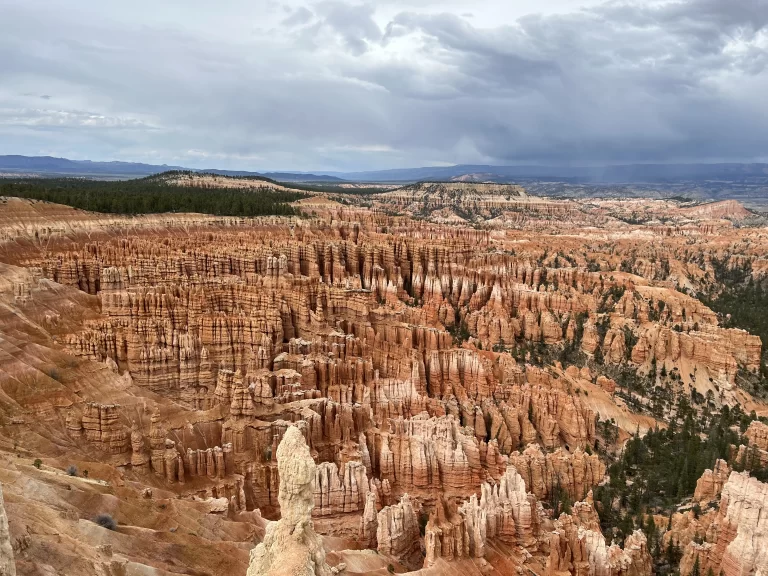What to Wear Kayaking? First of all, we need to clearly understand that layering is the cornerstone of kayaking clothing. It keeps you comfortable, mobile, and safe.
Before we paddle into details, here’s the gist: smart kayak clothing is built around three ideas which dress for immersion, layers that you can peel, and never skip a U.S. Coast Guard–approved PFD. The key is to dress for immersion, not just the weather.
Even on a warm day, a sudden capsize can lead to hypothermia if you’re not prepared. Furthermore, Hydration, gloves, and snug booties round out the kit so your focus stays on rhythm instead of blisters.
Getting Your Layering Right (Base → Mid → Shell)
I still remember my first time I rowed a kaya across the lake to fish at its center. At dawn, a thick fog covered everything. I wore only a simple waterproof jacket, and by the afternoon I was shivering from the cold.
Ever since, I learned for what to wear kayaking, and I have believed that wearing layers keeps me comfortable. This way, I can focus on rowing or fishing instead of shivering. Now let’s study more about kayaking clothes.

Base Layer: Wick It
Wearing layers can help you adapt to the water temperature if you fall in. That’s why it’s important to choose the right layers.
Lightweight polyester or Merino blends excel, they dry in minutes and still insulate when damp. Cotton looks harmless at launch but soon becomes an icy sponge—leave it in the car.

Mid Layer: Capture Warmth
A mid layer builds an air trap between base and shell, buffering every gust. Meanwhile, grid fleece is the workhorse: breathable, compressible, forgiving when wet. On shoulder-season tours, I swap in a synthetic puffy vest; eight ounces feel like a campfire.
Shell Layer: Shield
Wind adds chill even on sunny lakes. A breathable and waterproof paddling jacket seals the system and slashes spray. Choose one with latex wrists, adjustable hood, and a hem cinch. That configuration keeps water out while dumping excess sweat.
Quick Answer: Will a regular raincoat work?
it helps; nevertheless expect damp forearms and a steamy cockpit. Stash the shell in a deck bag and deploy it before dark clouds burst.
Cold Weather Kayak Gear (when water < 60 °F)
Under 60 °F you risk cold‑shock and hypothermia within minutes, so dress for the water rather than the balmy shoreline. A 3 mm neoprene wetsuit is the floor—pair it with a thin base under and a paddle jacket over.
For winter or alpine lakes, a breathable drysuit plus wool long johns offers full‑day comfort. Gloves of 3 mm neo keep grip strong, and a neoprene hood delays ice‑cream headaches.
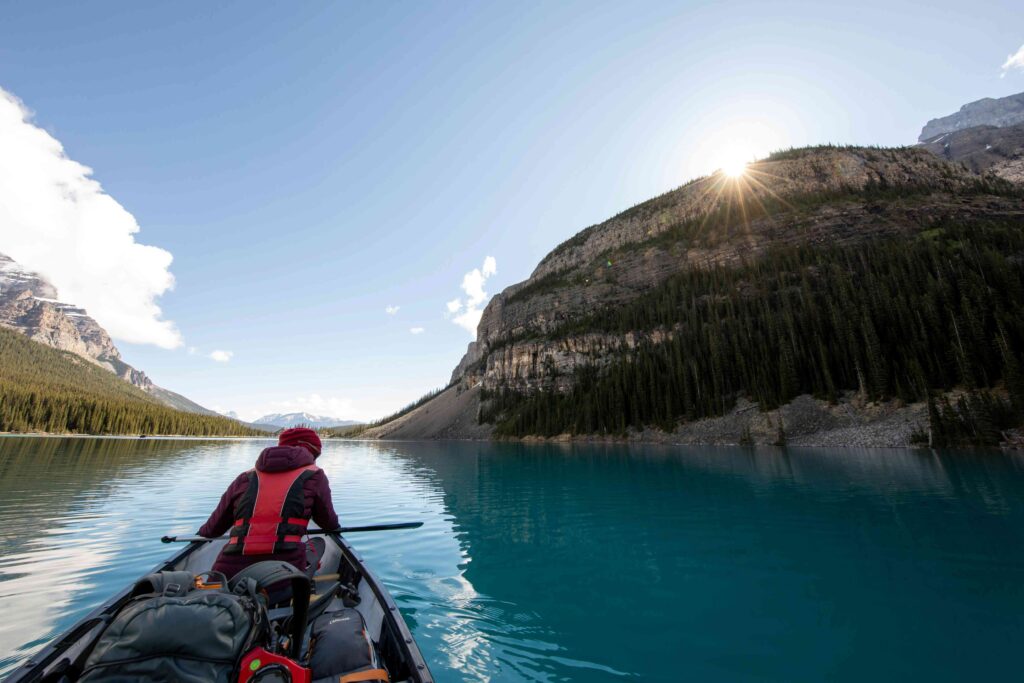
Warm‑Weather Outfit (Sun, Heat, Hydration)
Mid‑July in Florida taught me a lesson: sunburned knees hurt more than sore shoulders. Rash guards rated UPF 50 deflect UV without greasy re‑applications.Pair that with quick‑dry board shorts and broad‑brim hat.
Who wants to end the day peeling like a tomato? Bring at least 3 litres for a half‑day paddle—heat plus reflection accelerates dehydration.Electrolyte drink mixes beat plain water on humid afternoons. (Check Our New products)

If air climbs above 85 °F but water stays cool, wear a thin neoprene farmer‑john under a sun shirt.
Plus, dunk your cap every hour to drop core temperature a few degrees (it feels glorious).
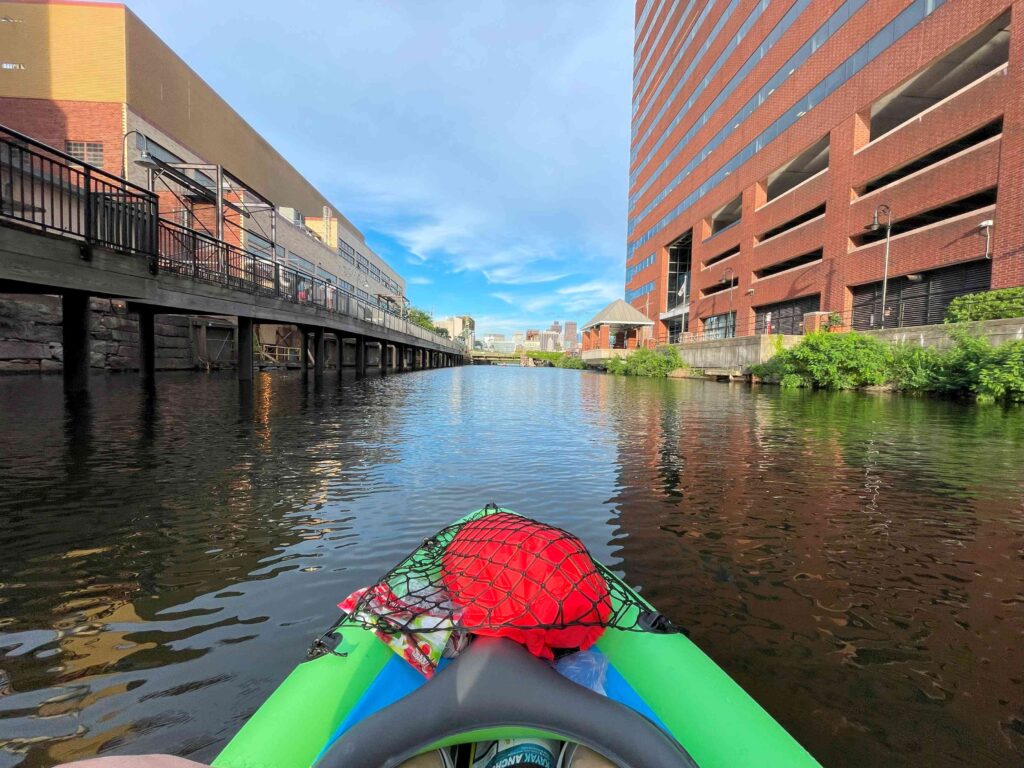
Footwear & Gloves
Be careful of river gravel, it can slice your barefoot arch. Neoprene booties with rubber soles protect feet and fit inside snug cockpits. For flat‑water tours, low‑cut paddle shoes drain fast yet grip slippery ramps.
Gloves avert blisters on multi‑mile days; look for synthetic leather palms and mesh backs. Tape can patch hot spots, yet full‑finger gloves mean less fuss.
PFD & Safety Essentials
U.S. Coast Guard Type III PFDs (More info) provide 15.5 lbs of buoyancy suited to kayaking. Most states require one wearable PFD per paddler, 43 states fine you if it’s stowed, not worn.
Slip a whistle and rescue knife in the pocket, attach a strobe if you paddle after dusk, and tuck a laminated float plan under the deck lines.
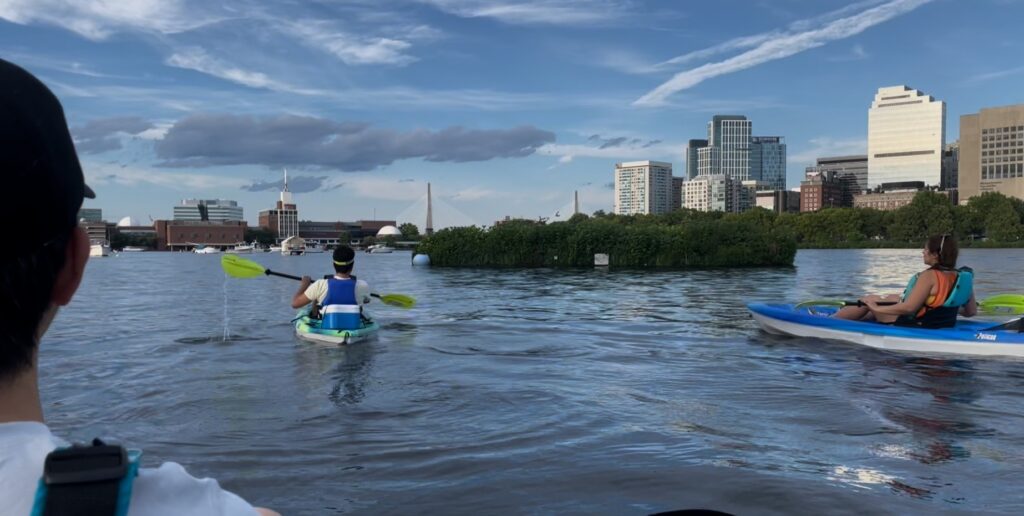
FAQs
Do I need permits to kayak public lakes?
Check state parks; most don’t, but some require launch tags.
Are life‑jackets mandatory?
Yes, federal law demands a USCG‑approved PFD aboard; many states insist you wear it. (More info)
Why avoid cotton?
Because wet cotton drains heat 25× faster than synthetics and dries slowly—cotton kills.
Which gloves stop blisters best?
A snug pair with synthetic suede palms and open finger ends balances grip and feel.
Can I kayak barefoot?
You can, yet sharp rocks and cold water make booties the safer call.
How much water should I carry?
Plan on 0.5–1 gal per person per day, more in heat or surf sessions.
Pack smart, layer smarter, and the river rewards you. Swap “I’ll be fine” for thoughtful gear choices, and every stroke feels lighter—even when the wind shifts against your bow.



